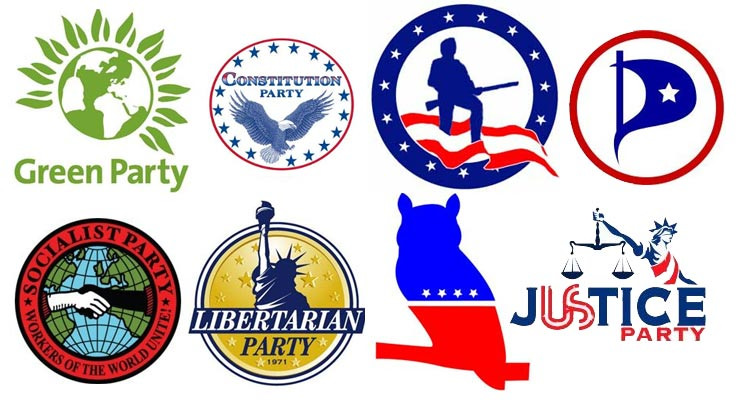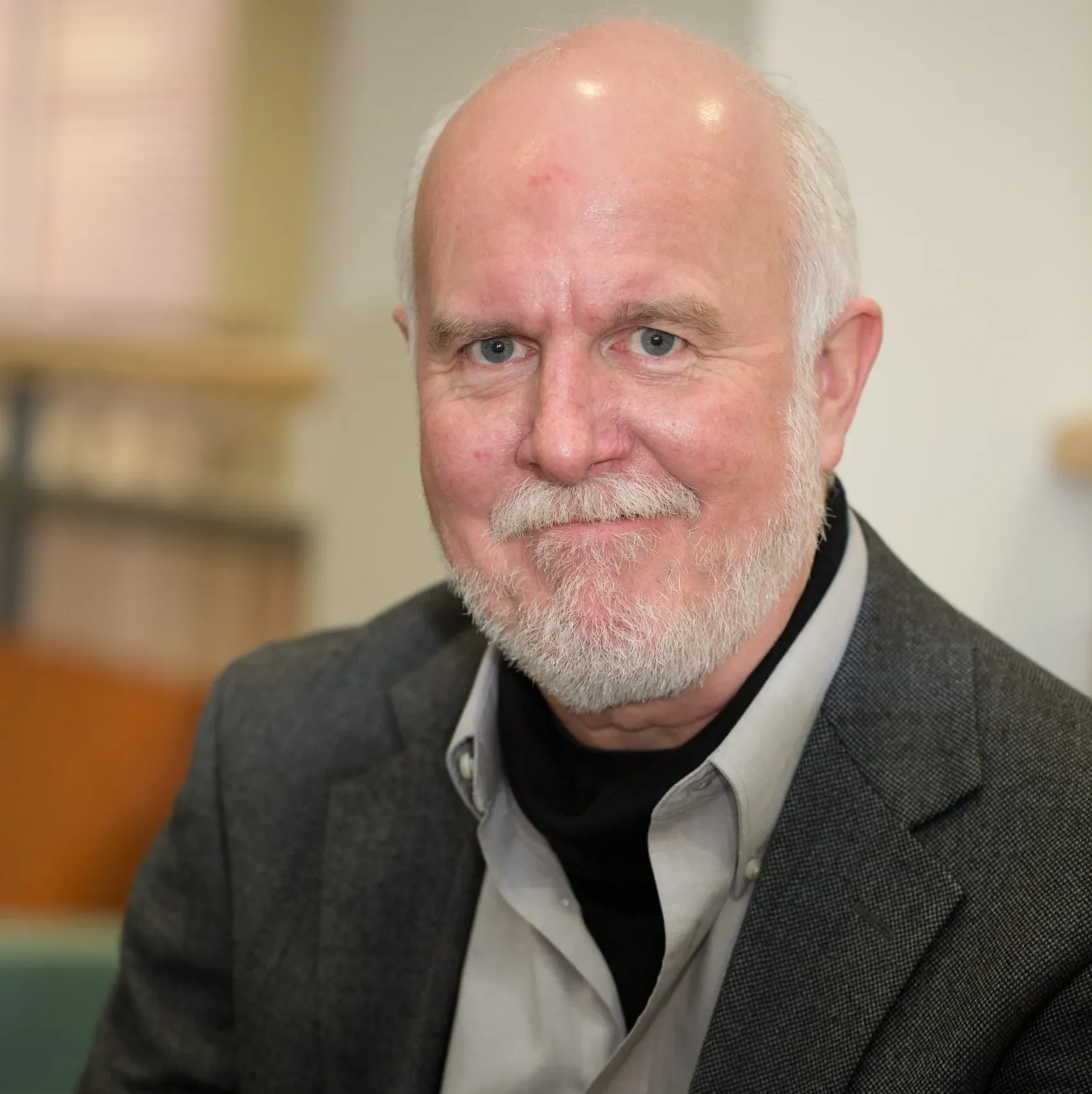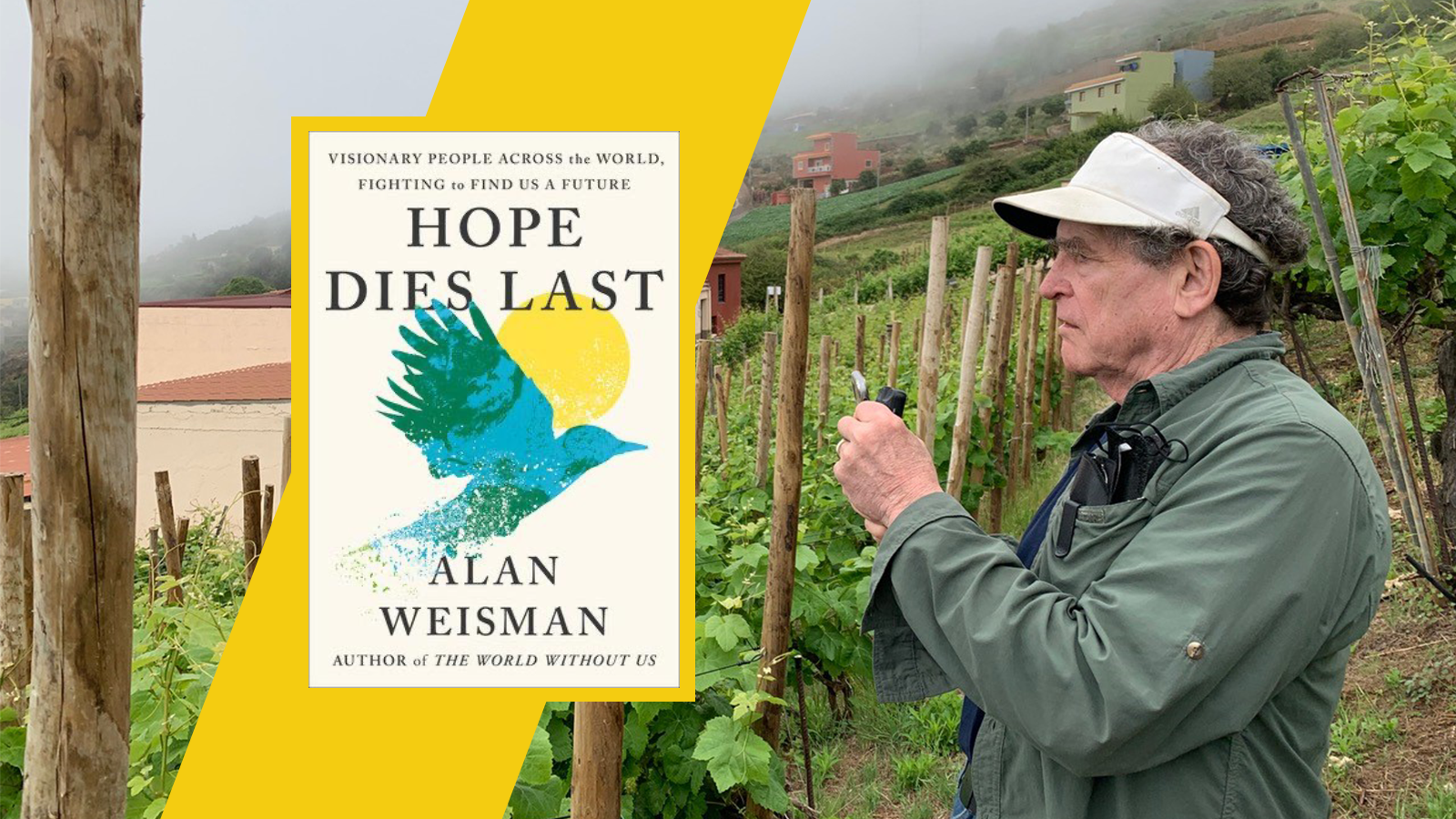Typically, people in the United States are affiliated with one of two political groups: Republican or Democrat. Anyone outside those groups is labeled as “other.” According to the Federal Election Commission, in the 2016 presidential election 6.9 million voters — 5.72 percent — did not vote for the two leading candidates. With more and more Americans registering as independent, according to Pew Research and Gallup Polls, it’s worth a look at the views and positions of third parties and especially their environmental policies.
Here we are exploring the Libertarian Party and the Green Party, since these are the largest and most recognized third parties in the United States. Members from both parties were interviewed on their party’s environmental ideals and how their party handles concepts such as green energy and climate change.
For the Libertarian Party, we spoke with chairman Nicholas Sarwark. Founded in 1971, the Libertarian Party is the third largest national party in America, and it is growing. The slogan of the party is “Minimum Government, Maximum Freedom,” creating a focus of the party on individual freedoms. The party prefers a laissez-faire, free market economy with the least amount of government interference as possible.
The Green Party, founded in 1991, is the fourth largest national party in the United States and is a group of “grassroots activists, environmentalists, and advocates for social justice…” according to The Green Party website. The main focus of the party is on the environment, and is the basis for many of the ideals of the party. Although the party does not have the greatest market share, the party has done important work, such as filing for recount of votes in the 2016 Presidential election. Giving us a rundown on the Green Party’s environmental policies is media director Scott McLarty.
The first aspect of environmental ideals that was discussed was the Paris Climate Accord and how both parties view the removal of the United States from this international treaty.
When asked about the removal, Libertarian chairman Sarwark did not focus on the substance on the Accord but the amount of power that the president has to make these decisions.
“Our biggest issue is we would oppose having a president that has that kind of executive power where they are able to set policy for millions of Americans without any checks whatsoever,” Sarwark said. For a libertarian, it is not truly the substance of an executive order, but that a president can set policy arbitrarily with no legislative or judicial check, no matter how “good” the policy.
On the other hand, Neal Gale, a Green Party candidate in Pennsylvania, stated in a press release after President Trump’s decision to leave the Accord, “This is not President Trump’s decision to make. The stakes are too high, the consequences too grave.” This statement demonstrates the real platform of the party, which puts the environment as the most important entity — more vital than any other aspect of life.
The event of the withdrawal of the Paris Climate Accord leads to the concept of how much the federal government should do to combat climate change.
The role of the government, according to Sarwark, is to remove the government completely from the equation.
“The first step is removing some of the government interference in the market. Starting with things like subsides for oil and gas explorations and the tax credits and expiration subsides that make oil and gas look cheaper than other, potentially renewable, alternatives. (And) not subsidizing things like solar because … solar is automatically better than wind and nuclear.
“The market alone is the best in determining … what is the best technology, what is the technology that is the most cost-effective, and still provide our energy needs” and not the “too smart people in Washington,” Sarwark said.
The Green party, on the other hand, wants an aggressive federal government in tackling the issue of climate change. McLarty discussed the existential threat and what the federal government needs to do.
“We needed federal government to play a leading role in order to defeat the Axis powers in World War II. Climate change represents a comparable global threat,” McLarty said.
The Green party wants to take control of climate change in not just the federal government, but state and local governments also because they see it as a shared problem between everyone.
Finally, the focus was on the role of the individual on the problem of climate change.
For Sarwark, the main problem is market distortions that are causing individuals to not make the best decisions that they can.
“When you take away some of these subsidies you are able to have a clearer picture of what the true cost is, of coal, or of natural gas, or oil, or solar, or nuclear, or wind,” Sarwark said.
By having a clearer picture, then an individual is most informed on all forms of energy and can make the most rational decision possible. In essence, an individual will make the best decision when there is not any government inference, according to Libertarians.
The Green party sees the role of the individual and government as an inverse of the Libertarian Party. “Individual actions to prevent the advance of climate change are generally too small to have much effect. We need to reorganize the economy… to fight global warming,” McLarty said.
The party’s position is that to shift the economy from carbon producing forms of energy to renewable sources, and the federal, state, and local governments have to take control to help enact these changes. Through government intervention, the consumer would be able to make the decisions to take more environmentally friendly actions.
So what’s your take: Will you remain a steadfast member of the two-party system, or are you ready to break out and join the Independents?
***
Correction: A previous version of this story misspelled the name of the Libertarian Party chairman. It has been corrected to Nicholas Sarwark.
How do you move the planet forward?
Submit Story





















